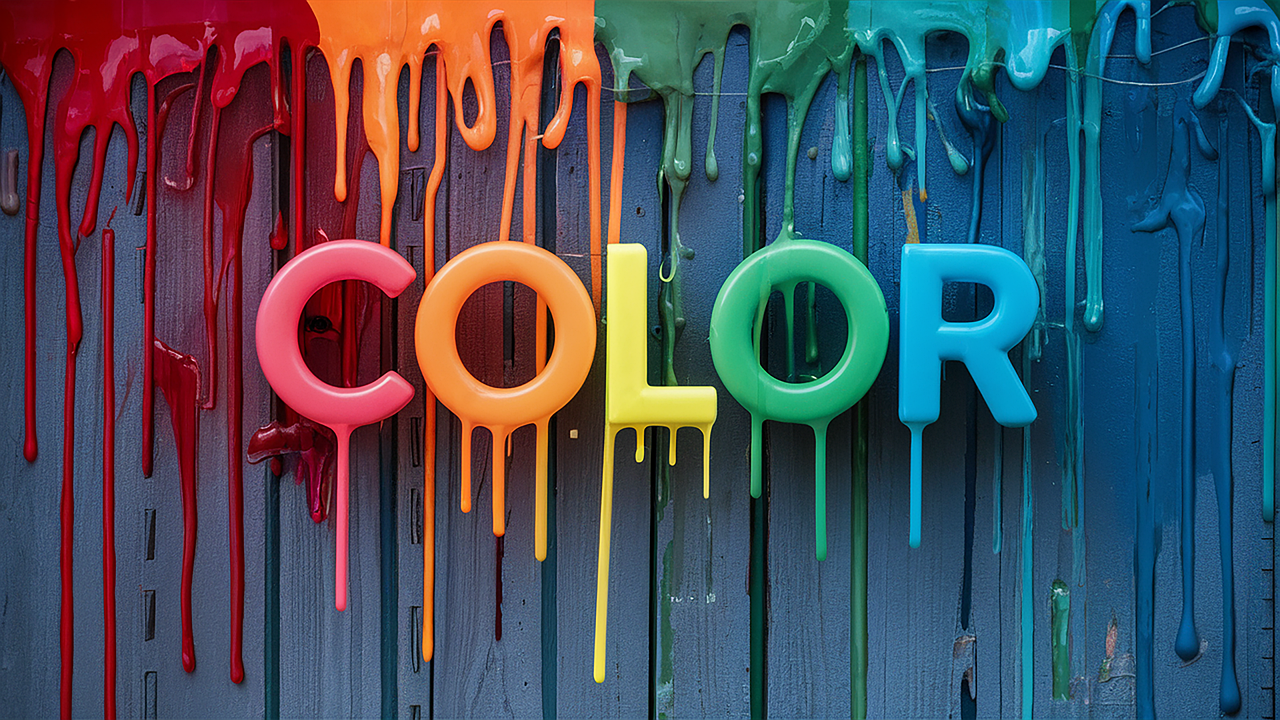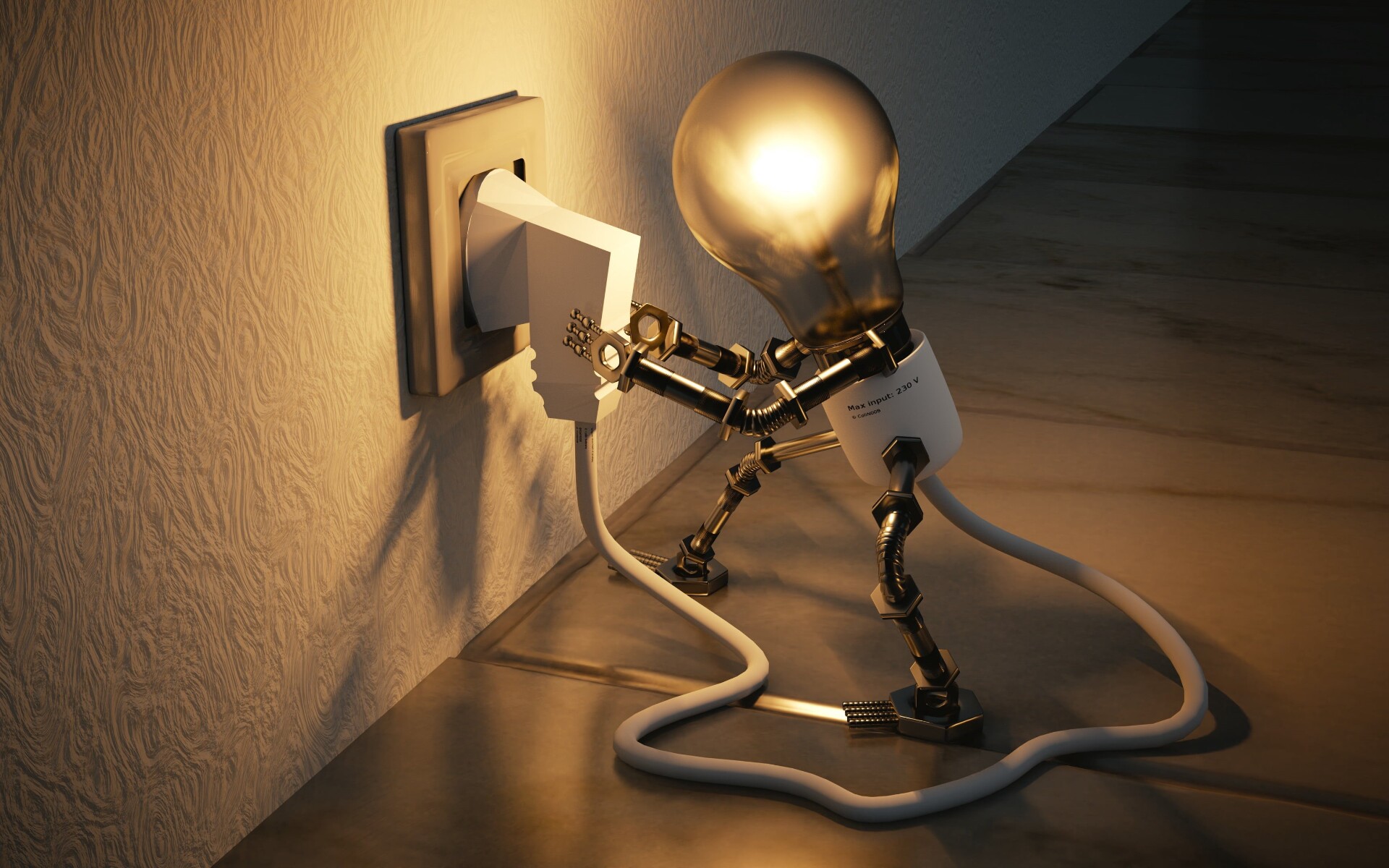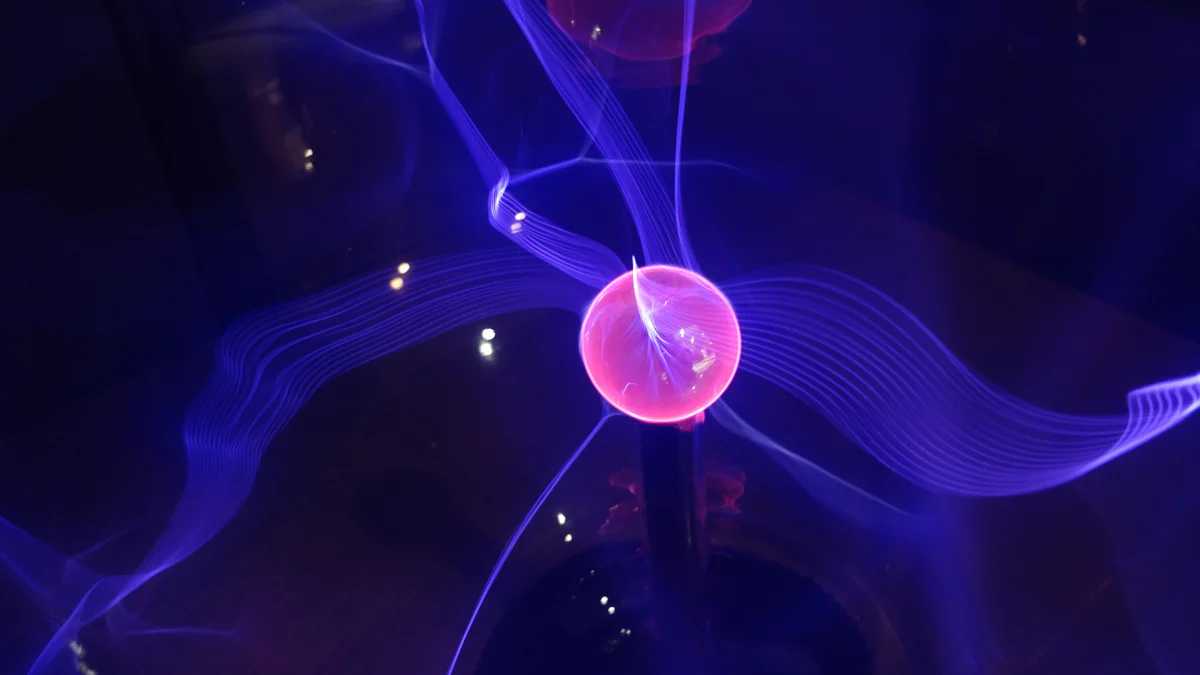101 Great Science Experiments

Welcome to the exciting world of science experiments! Dive into hands-on learning that brings science to life. Experiments allow you to explore and discover amazing things right at home. Imagine comparing the sweetness of sugar substitutes or seeing how antacids relieve heartburn. These science activities make complex ideas simple and fun. You’ll find science all around you, waiting to be uncovered. So, grab your curiosity and start experimenting today!
Experiments with Color
Color captivates the imagination. Science experiments with color reveal fascinating insights. You can explore how colors mix and change. Get ready to dive into the world of color!
Understanding Color Mixing

Color mixing opens up a world of possibilities. You can create new shades by combining different colors. This experiment helps you understand primary and secondary colors.
Primary and Secondary Colors
Primary colors form the foundation. Red, blue, and yellow are the primary colors. These colors cannot be created by mixing other colors. When you mix primary colors, you get secondary colors. Red and blue make purple. Blue and yellow make green. Red and yellow make orange. Try mixing these colors with paints or food coloring. Observe the vibrant secondary colors that emerge.
Color Wheel Experiment
A color wheel shows the relationship between colors. Create your own color wheel using paints or colored pencils. Draw a circle and divide it into six equal sections. Fill in the sections with primary and secondary colors. Arrange them in a sequence: red, orange, yellow, green, blue, and purple. The color wheel helps you understand complementary colors. Complementary colors sit opposite each other on the wheel. Red complements green, blue complements orange, and yellow complements purple. Use this knowledge to create harmonious color combinations in art and design.
Exploring Chromatography
Chromatography is a technique for separating mixtures. You can use chromatography to separate colors in ink. This experiment reveals the hidden colors within a single shade.
Separating Colors in Ink
Start with a strip of paper and a black marker. Draw a thick line near the bottom of the strip. Place the strip in a cup with a small amount of water. Ensure the water touches the bottom of the strip but not the ink line. Watch as the water travels up the paper. The ink separates into different colors. Each color travels at a different speed. This process reveals the various pigments in the ink.
Chromatography with Coffee Filters
Coffee filters work well for chromatography experiments. Cut a coffee filter into strips. Use different colored markers to draw lines near the bottom of each strip. Place the strips in cups with a little water. Observe as the water moves up the strips. The colors spread and separate, creating beautiful patterns. Try using different markers and see how the results vary. Chromatography with coffee filters makes science experiments fun and colorful.
Experiments with Magnets
Magnets hold a world of wonder. Dive into the science of magnets and discover how they work. Get ready for some exciting experiments!
Magnetic Attraction and Repulsion
Magnets can attract or repel each other. This behavior depends on the poles. Explore how magnetic fields work and create your own compass.
Exploring Magnetic Fields
Magnetic fields surround magnets. You can see these fields in action. Grab some iron filings and a bar magnet. Sprinkle the filings around the magnet. Watch as the filings align along the magnetic field lines. This experiment shows the invisible forces at play. Magnetic fields affect materials in fascinating ways.
Building a Simple Compass
A compass helps you find direction. Build one using a needle, a magnet, and a bowl of water. Rub the needle with the magnet to magnetize it. Place the needle on a small piece of cork. Float the cork in the water. The needle points north. This simple compass uses Earth's magnetic field. Try it out and see where it leads you.
Magnetism in Everyday Objects
Magnets are all around you. Discover which household items have magnetic properties. Create a fun magnetic maze to test your skills.
Testing Magnetism in Household Items
Grab a magnet and explore your home. Test different objects to see if they are magnetic. Paperclips, scissors, and some coins might surprise you. Not all metals are magnetic. Iron and steel usually respond to magnets. Make a list of what you find. This experiment reveals the hidden magnetism in everyday items.
Creating a Magnetic Maze
Design a magnetic maze for a fun challenge. Use a cardboard box and some paper clips. Draw a maze on the bottom of the box. Attach a paper clip to a small toy or object. Use a magnet underneath the box to guide the object through the maze. This experiment combines creativity and science. See how quickly you can complete the maze.
Experiments with Light

Light creates magic in everyday life. Science experiments with light reveal how shadows and reflections work. Get ready to explore the wonders of light!
Understanding Light and Shadows
Light and shadows go hand in hand. You can create amazing shapes and figures using simple materials. Let's dive into some fun activities.
Shadow Puppets
Shadow puppets bring stories to life. Use a flashlight and your hands to make different shapes on a wall. Try creating animals or characters. Move your hands closer or farther from the light to change the size of the shadows. Experiment with different angles to see how shadows shift and stretch. This activity shows how light travels in straight lines and creates shadows when blocked.
Creating a Sundial
A sundial uses the sun to tell time. Find a sunny spot and place a stick upright in the ground. Mark the tip of the shadow every hour. Watch how the shadow moves as the day goes by. The sun's position changes, causing the shadow to shift. This experiment connects you with ancient methods of timekeeping. You’ll see how the Earth's rotation affects shadows.
Exploring Refraction and Reflection
Refraction and reflection show light's playful side. These experiments let you bend and bounce light in fascinating ways.
Bending Light with Water
Water bends light in surprising ways. Fill a glass with water and place a straw inside. Look at the straw from the side. Notice how the straw appears broken or bent. This happens because light slows down and changes direction when it enters water. Try different objects and see how they look through water. This experiment demonstrates the concept of refraction.
Making a Periscope
A periscope lets you see around corners. Use two mirrors and a cardboard tube to build one. Place the mirrors at 45-degree angles inside the tube. Look through one end and see objects above or below your line of sight. This clever device uses reflection to redirect light. Experiment with different angles to improve your view. A periscope shows how light reflects off surfaces to reach your eyes.
Light experiments open up a world of discovery. You’ll find that science is full of surprises. Dive into these activities and uncover the secrets of light!
Experiments with Senses
Exploring the senses opens up a world of discovery. The sense of touch and smell provides unique insights into the environment. These science experiments will help you understand how these senses work and enhance your perception.
Exploring the Sense of Touch
The sense of touch allows you to feel textures and shapes. Dive into these activities to explore this fascinating sense.
Texture Exploration
Texture exploration involves feeling different surfaces. Gather various materials like sandpaper, cotton, and silk. Close your eyes and run your fingers over each item. Notice the differences in texture. Some surfaces feel rough, while others feel smooth. This experiment helps you understand how the skin detects variations in texture. Scientists study similar processes to understand how the brain interprets touch signals.
Blindfolded Object Identification
Blindfolded object identification challenges your tactile skills. Collect several small objects like a spoon, a coin, and a rubber ball. Blindfold yourself and try to identify each item by touch alone. Focus on the shape, size, and texture of each object. This activity sharpens your ability to recognize items without seeing them. The sense of touch plays a crucial role in daily life, helping you interact with the world around you.
Understanding the Sense of Smell
The sense of smell connects closely with memory and emotion. These experiments will help you explore the power of scents.
Scent Identification Game
The scent identification game tests your ability to recognize different smells. Gather several items with distinct scents, like vanilla extract, lemon peel, and coffee beans. Close your eyes and take a sniff of each item. Try to identify the scent without looking. This game highlights the complexity of the olfactory system. Smells can trigger vivid memories and emotions. Scientists continue to study how the brain processes scents.
Creating a Scented Garden
Creating a scented garden brings the joy of nature to your senses. Plant herbs like mint, basil, and lavender in small pots. Water them regularly and watch them grow. As the plants mature, gently rub their leaves to release their fragrances. A scented garden offers a relaxing and aromatic experience. Gardening also teaches patience and responsibility. You’ll enjoy the soothing scents and learn about plant care.
Experiments with senses reveal the wonders of human perception. Science uncovers the mysteries behind how you experience the world. Dive into these activities and discover the magic of touch and smell!
Experiments with Electricity

Electricity powers the world. Dive into experiments that reveal how electricity works. Discover the magic of circuits and static electricity.
Basics of Electrical Circuits
Electrical circuits form the backbone of modern technology. Learn how to build simple circuits and create a lemon battery.
Building a Simple Circuit
Building a circuit is like creating a path for electricity. Gather a battery, a small light bulb, and some wires. Connect one wire from the battery's positive end to the bulb. Attach another wire from the bulb to the battery's negative end. Watch the bulb light up. This experiment shows how electricity flows in a loop. Circuits power everything from toys to computers. Experiment with different components to see how circuits change.
Creating a Lemon Battery
A lemon battery uses citrus power. Grab a lemon, a copper coin, and a zinc nail. Insert the coin and nail into the lemon. Connect wires from each metal piece to a small LED light. The light glows faintly. The lemon acts as an electrolyte, allowing electrons to flow. This experiment demonstrates how chemical reactions produce electricity. Try using other fruits to see which works best.
Exploring Static Electricity
Static electricity creates sparks and shocks. Explore how static electricity works with fun experiments.
Balloon and Hair Experiment
Rub a balloon on your hair. Hold the balloon near small pieces of paper. Watch the paper jump to the balloon. The friction transfers electrons from your hair to the balloon. This creates a charge that attracts objects. Static electricity can cause shocks and even power devices. Scientists study these charges to understand energy transfer.
Static Electricity with a Comb
Run a plastic comb through your hair. Hold the comb near a stream of water from a faucet. The water bends toward the comb. The comb gains a charge from your hair. This charge attracts the water molecules. Static electricity plays a role in everyday life. Researchers explore its potential as an energy source.
Electricity experiments reveal the wonders of science. Discover how circuits and static electricity shape the world. Dive into these activities and uncover the secrets of electricity!
Experiments with Motion
Motion fascinates everyone. Science experiments with motion reveal how forces work. Get ready to dive into the world of motion and discover amazing things!
Understanding Forces and Motion
Forces make objects move. Motion happens when forces act on objects. You can explore these concepts with fun activities.
Building a Balloon Rocket
A balloon rocket shows how air pushes objects. Grab a balloon, a straw, some string, and tape. Thread the string through the straw. Tie the string between two points. Inflate the balloon but don't tie it. Tape the balloon to the straw. Let go and watch the balloon zoom along the string. The air escaping from the balloon propels it forward. This experiment demonstrates Newton's Third Law: every action has an equal and opposite reaction. Try different balloon sizes to see how they affect speed.
Exploring Gravity with a Pendulum
A pendulum swings due to gravity. Create one using a string and a weight. Tie the weight to one end of the string. Hang the string from a fixed point. Pull the weight to one side and release it. Watch the pendulum swing back and forth. Gravity pulls the weight downward. The pendulum's motion shows how gravity affects objects. Experiment with different string lengths to see how they change the swing time.
Investigating Friction
Friction slows down moving objects. You can explore friction with simple experiments.
Sliding Objects on Different Surfaces
Sliding objects show how friction works. Gather a few objects like a book, a toy car, and a block. Slide each object across different surfaces like carpet, tile, and wood. Notice how some surfaces slow the objects more than others. Friction depends on the surface texture. Military engineers in 18th century France discovered that sliding friction is proportional to the force holding surfaces together. This experiment reveals how friction affects motion in everyday life.
Creating a Homemade Parachute
A parachute slows down falling objects. Make one using a plastic bag, string, and a small weight. Cut the bag into a square. Attach strings to each corner. Tie the strings to the weight. Drop the parachute from a height and watch it float gently down. Air resistance slows the descent. This experiment shows how friction between the parachute and air affects motion. Try different bag sizes to see how they change the fall speed.
Motion experiments open up a world of discovery. Forces and friction shape how objects move. Dive into these activities and uncover the secrets of motion!
You’ve explored a world filled with exciting science experiments. Each activity revealed fascinating scientific principles. From color mixing to building circuits, you’ve uncovered the magic of science. Keep experimenting and let curiosity guide your journey. Share your discoveries with friends and family. Matthew, a sixth-grader, combined chemistry and renewable energy by breaking water into hydrogen and oxygen. Your experiments can lead to amazing insights too. Dive into new challenges and see where science takes you next!
See Also
Visual Encyclopedia of Inventions

